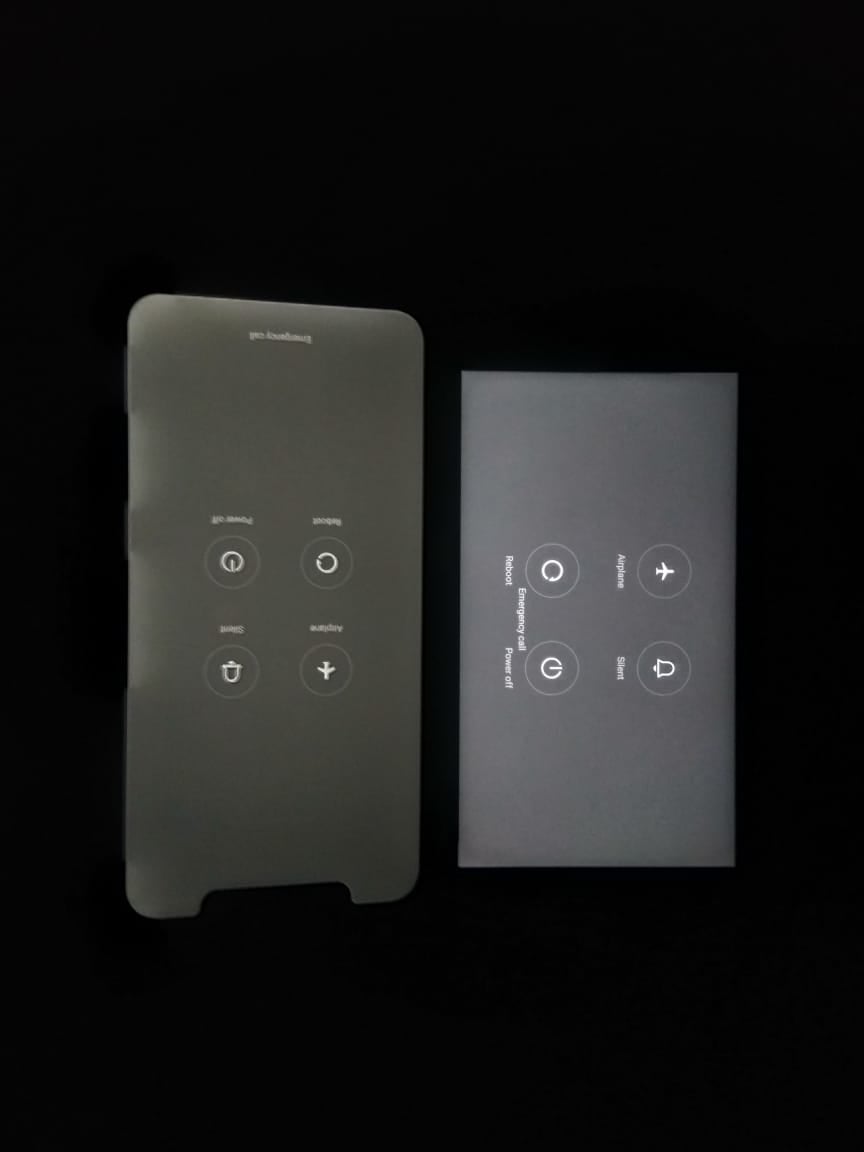
Occasionally, it can be hard to find a vein so the health professional may need to try more than once. Most blood tests take just a few minutes. Help your child to relax by taking slow deep breaths or singing a favorite song. Your child might want to look away when the needle is inserted and the blood is collected. Encourage your child to relax and stay still because tensing muscles can make it harder to draw blood. Parents usually can stay with their child during a blood test. In babies, blood draws are sometimes done as a "heel stick collection." After cleaning the area, the health professional will prick your baby's heel with a tiny needle (or lancet) to collect a small sample of blood.Ĭollecting a sample of blood is only temporarily uncomfortable and can feel like a quick pinprick.

Wearing a T-shirt or short-sleeved shirt for the test can make things easier for your child, and you also can bring along a toy or book as a distraction. Also let the doctor know if your child has had a blood transfusion or smokes. Tell your doctor about any medicines your child takes because some drugs might affect the test results. Your child should be able to eat and drink normally unless also getting other tests that require fasting beforehand. The levels of red blood cells, white blood cells, and platelets can provide doctors with information about possible problems like anemia, infections, inflammation, and other conditions.

This can help them detect problems like a disease or medical condition. Doctors order blood tests to check things such as the levels of glucose, hemoglobin, or white blood cells. A blood test is when a sample of blood is taken from the body to be tested in a lab.


 0 kommentar(er)
0 kommentar(er)
